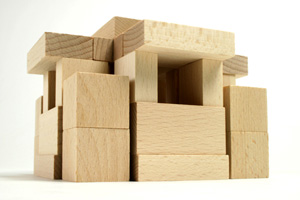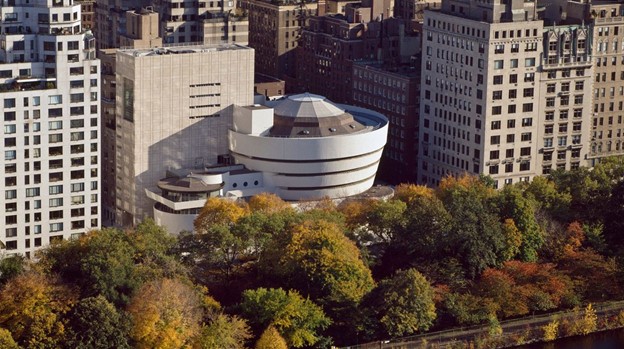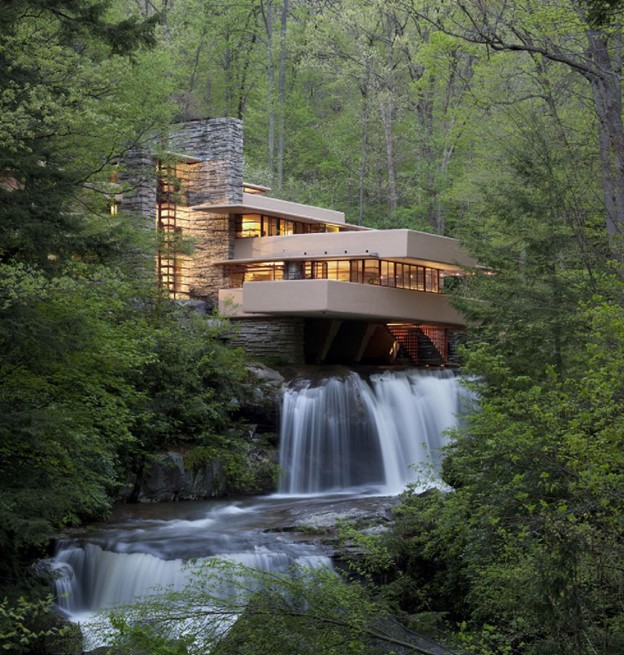Organic Architecture
The definition of organic architecture is the focus on sustainability and the harmony of interaction between buildings and nature. This aesthetic creation is contributed with Frank Lloyd Wright and his unique architecture designs. It is believed it was started as early as 1908 when Frank Lloyd Wright began to use organic when describing his architecture.
[1] “Through years of study and experimentation, organic architecture came to describe Wright’s total design ideology. Some of the governing principles of this philosophy included:”- The belief that a building should appear to grow easily from its site.
- Choosing one dominant form for a building and integrating that form throughout
- Using natural colors: “Go into the woods and field for color schemes.”
- Revealing the nature of materials
- Opening up spaces
- Providing a place for natural foliage.
What influenced it?
5 factors have been contributed with the influencing Organic architecture and its creator; nature, music, the geometry of Froebel blocks, Japanese art and architecture, and the work of louis Sullivan [2]. Nature and music influenced by finding the harmony within the mediums and applying it to the architecture with more flowing shapes. Froebel blocks were wooden blocks and shapes that was created as educational tools for youth as seen in the image below. Japanese art and architecture has always have deep roots with nature and incorporating their buildings with nature and harmony in mind. And finally Louis Sullivan was Frank Lloyd Wright’s master who taught him that “a building’s essential nature could only be expressed through façade composition and organic ornamentation.” [2]

What has it influenced since then?
Wright’s architecture and design principles has been attributed as early example of sustainable architecture. With his works connecting the landscape and buildings together as one. He has influenced many architects with his design principles where they follow his example of connecting with nature. This can be seen especially in his prairie houses that blended in with the landscape and can be seen as his staple.
Frank Lloyd Wright’s Works:


Cited
[1] https://www.guggenheim.org/teaching-materials/the-architecture-of-the-solomon-r-guggenheim-museum/organic-architecture [2] https://chicago.curbed.com/2017/6/8/15744072/frank-lloyd-wright-louis-sullivan-prairie-school

4 Comments. Leave new
This is a really beautiful aesthetic and it’s interesting to see and hear about some of Lloyd Wright’s work. Thanks!
I love this aesthetic and how you described the main points/principles of Mr. Wrights work. The images you selected serve as excellent examples of particular ideas you touched on, and the integration of the text/images has a nice flow. I would like to know more about how music influenced his designs and what “finding the harmony within the mediums” means in the context of music. Overall, I feel I have a much better understanding of this aesthetic and am excited to explore it more on my own.
All of the information presented in this post does a great job of allowing the reader to understand this organic architectural aesthetic. Everything is clear and concise which is really ideal when trying to learn about or understand a new aesthetic. Do you think this aesthetic is similar to green design? Or do the natural influences have different any correlation to green design?
I appreciate the integration of your images into the body of your text as well as the immediate definition of the values of your aesthetic. Both of these really helped me to comprehend your exploration more thoroughly. In your opening description you mention the sustainability of organic design, I am curious how this idea was integrated into the works you describe.